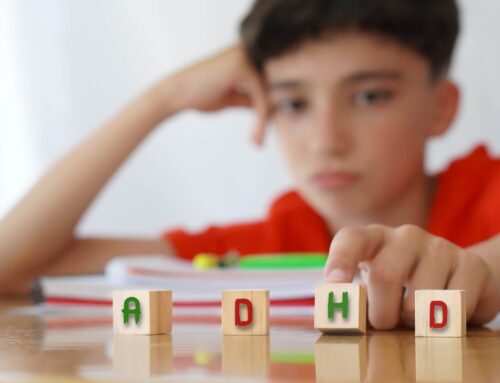Attachment Styles
Definition and Importance:
Attachment to others can be one of the biggest defining features of safety and ones’own happiness. During childhood one learns what to expect from the essential adults around them. Secure attachment occurs when parents or caregivers respond in such ways that allow a child’s brain to register that it is safe to trust others and the world around them. If safety and trust occur, the child will go out into the world knowing that their needs are going to be met. Alternatively, when needs are not met, the feeling of being unsafe results in an insecure attachment style. An insecure attachment style affects relationships well into adulthood.
The Different Attachment Styles:
- Secure
Children who have a secure attachment style are comforted by their caregiver because they have learned that their environment is safe to explore. Similarly, adults will show vulnerability, the ability to depend on others and the allowance of others to rely upon them. - Anxious Attachment Style
Children’s unpredictable experiences of their caregivers are what provides for an anxious attachment style. One moment a parent may be loving and another, they may show negative emotions such as anger, frustration, and impatience. Adults who have an anxious attachment style often have a fear of abandonment displayed by the need to be reassured that they are loved and wanted.
Symptoms include:
Constant worry about your relationships
Needing a lot of reassurance
Fear of abandonment
Being clingy
Demanding attention - Avoidant Attachment Style
Adults with an avoidant attachment style will often keep an emotional distance from others. They appear to be very independent and will avoid discussing deep feelings. Furthermore, a child who adopts this style, has the experience of their emotional needs being discouraged or not acknowledged.
Symptoms include:
Being uncomfortable with closeness
Preference for independence
Reluctance to share feelings
Pulling away from others - Disorganized Attachment
Disorganized attachment will often present as a combination of behaviours typical of anxious and avoidant styles, that is, seek closeness one moment and keep their distance at other times. Fear and confusion occur for children in this style as caregivers display erratic behaviour. It is a common experience that parents have comforted their child but also caused feelings of distress.
Symptoms include:
Seeking closeness while pushing away from others
Being confused about what it is that you want in your relationships
Difficulties trusting others
Erratic responses to others’ actions
How do I create secure attachment for myself?
Understanding our own attachment style can help us more towards a healthier connection with ourselves and our relationships. Creating a secure attachment style can be achieved by:
- Learning about your own attachment style
- Getting to know yourself
- Focusing on personal growth by seeking professional support
- Adding self compassion into your life
Mixed Attachment Styles in Relationships
As an adult we need to be able to not only recognize our own attachment style but to connect with others who have alternative attachment styles. We can do this by:
- Communicating open and honestly about our fears and needs
- Understand rather than judge the other person
- Focus on your own personal attachment style challenges
For more information, or to book a free consultation with any of the therapists on our team, call us at 519.302.2300 or email reception@brantmentalhealth.com












 Sharon Walker, MSW, RSW
Sharon Walker, MSW, RSW Jordon Iorio Hons. BA, RSW
Jordon Iorio Hons. BA, RSW Christine Bibby, B.S.W., M.S.W., R.S.W.
Christine Bibby, B.S.W., M.S.W., R.S.W. Brianna Kerr, RSW
Brianna Kerr, RSW Danielle Vanderpost, RSW
Danielle Vanderpost, RSW Daniela Switzer, MA, C.PSYCH
Daniela Switzer, MA, C.PSYCH Tammy Adams
Tammy Adams Jade Bates, RMT
Jade Bates, RMT Caitlin Schneider
Caitlin Schneider Dr. Crysana Copland
Dr. Crysana Copland
 Amy Dougley
Amy Dougley Emily Kamminga
Emily Kamminga Bill Dungey, RSW
Bill Dungey, RSW



 Jessica Moore, RSW
Jessica Moore, RSW Abigail Wragge, RSW
Abigail Wragge, RSW Melanie Clucas
Melanie Clucas Ally Legault
Ally Legault Kunle Ifabiyi
Kunle Ifabiyi Tammy Prince
Tammy Prince
